
Cinematography is the art of motion picture photography.

Leonard Michael Maltin is an American film critic, film historian, and author. He is known for his book of film capsule reviews, Leonard Maltin's Movie Guide, published annually from 1969 to 2014. Maltin was the film critic on Entertainment Tonight from 1982 to 2010. He currently teaches at the USC School of Cinematic Arts and hosts the weekly podcast Maltin on Movies. He served two terms as President of the Los Angeles Film Critics Association, and votes for films to be selected for the National Film Registry.
Stanley Cortez, A.S.C. was an American cinematographer. The younger brother of actor and director Ricardo Cortez, Stanley worked on over 70 films, including Orson Welles' The Magnificent Ambersons (1942), Charles Laughton's The Night of the Hunter (1955), Nunnally Johnson's The Three Faces of Eve (1957), and Samuel Fuller's Shock Corridor (1963) and The Naked Kiss (1964).
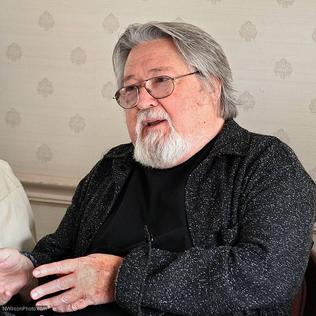
László KovácsASC was a Hungarian-American cinematographer who was influential in the development of American New Wave films in the 1970s, collaborating with directors including Peter Bogdanovich, Richard Rush, Dennis Hopper, Norman Jewison, and Martin Scorsese. Known for his work on Easy Rider (1969) and Five Easy Pieces (1970), Kovács was the recipient of numerous awards, including three Lifetime Achievement Awards. He was an active member of the American Society of Cinematographers and was a member of the organization's board of directors.

The Big Trail is a 1930 American epic pre-Code Western early widescreen film shot on location across the American West starring 23-year-old John Wayne in his first leading role and directed by Raoul Walsh. It is the final completed film to feature Tyrone Power Sr. before his death in 1931, as well as his only sound role.

Lawrence Sher, ASC is an American cinematographer and film director, best known for comedy films such as Garden State, The Dictator, and The Hangover series, frequently collaborating with directors Todd Phillips and Zach Braff. He made his directorial debut with Father Figures, which began a wide theatrical release on December 22, 2017, by Warner Bros. Pictures. He was nominated for an Academy Award and BAFTA Award for Best Cinematography for the 2019 film Joker, directed by Phillips.
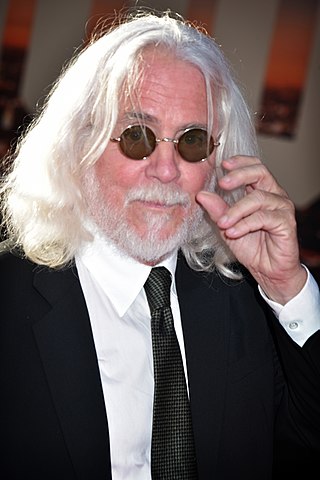
Robert Bridge Richardson, ASC is an American cinematographer. Known for his trademark aggressively bright highlight as well as shapeshifting style, he is one of three living persons who has won the Academy Award for Best Cinematography three times, the others being Vittorio Storaro and Emmanuel Lubezki. He has frequently collaborated with Oliver Stone, Quentin Tarantino, and Martin Scorsese.
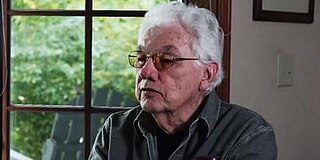
Gordon Hugh Willis Jr., ASC was an American cinematographer and film director. He is best known for his photographic work on eight Woody Allen films, six Alan J. Pakula films, four James Bridges films, and all three films from Francis Ford Coppola's The Godfather series.
Joseph Francis Biroc, ASC was an American cinematographer. He was born in New York City and began working in films at the Paragon Studios in Fort Lee, New Jersey. After working there for approximately six years, he moved to Los Angeles. Once in Southern California, Biroc worked at the RKO Pictures movie studio. During World War II, he served in the U.S. Army Signal Corps and filmed the Liberation of Paris in August 1944. In 1950, Biroc left RKO Pictures and freelanced on projects at various studios. In addition to his film work, which included It's a Wonderful Life (1946) and The Flight of the Phoenix (1965), Biroc worked on various television series, including the Adventures of Superman and Wonder Woman. He frequently collaborated with film director Robert Aldrich.

Eclair, formerly Laboratoires Eclair, was a film production, film laboratory, and movie camera manufacturing company established in Épinay-sur-Seine, France by Charles Jourjon in 1907. What remains of the business is a unit of Ymagis Group offering creative and distribution services for the motion pictures industries across Europe and North America such as editing, color grading, restoration, digital and theatrical delivery, versioning.
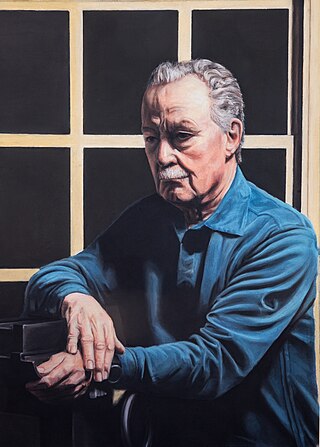
Michael Crawford Chapman, American Society of Cinematographers was an American cinematographer and film director well known for his work on many films of the American New Wave of the 1970s and in the 1980s with directors such as Martin Scorsese and Ivan Reitman. He shot more than forty feature films.

Beverly Hills Brats is a 1989 American comedy film. Directed by Jim Sotos, the film stars Peter Billingsley, Martin Sheen, Burt Young, Terry Moore, George Kirby, Ruby Keeler and Whoopi Goldberg in a cameo role.
Linwood G. Dunn, A.S.C. was an American pioneer of visual special effects in motion pictures and an inventor of related technology. Dunn worked on many films and television series, including the original 1933 King Kong (1933), Citizen Kane (1941), and Star Trek (1966–69).
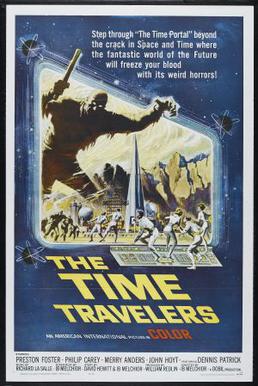
The Time Travelers is a 1964 American science fiction film directed by Ib Melchior and starring Preston Foster, Philip Carey, Merry Anders, Steve Franken, and John Hoyt. The film inspired the 1966 TV series The Time Tunnel, as well as the 1967 remake Journey to the Center of Time. The plot involves a group of scientists who find that due to an electrical overload their time-viewing screen suddenly allows them to travel through time. American International Pictures released the film as a double feature with Atragon.

Leonard Maltin's Movie Guide was a book-format collection of movie capsule reviews that began in 1969, was updated biannually after 1978, and then annually after 1986. The final edition was published in September 2014. It was originally called TV Movies, which became Leonard Maltin's TV Movies and Video Guide, and then Leonard Maltin's Movie and Video Guide, before arriving at its final title. Film critic Leonard Maltin edited it and contributed a large portion of its reviews.
The Godfather is a trilogy of American crime films directed by Francis Ford Coppola inspired by the 1969 novel of the same name by Italian American author Mario Puzo. The films follow the trials of the fictional Italian American mafia Corleone family whose patriarch, Vito Corleone, rises to be a major figure in American organized crime. His youngest son, Michael Corleone, becomes his successor. The films were distributed by Paramount Pictures and released in 1972, 1974, and 1990. The series achieved success at the box office, with the films earning between $430 and $517 million worldwide. The Godfather and The Godfather Part II are both seen by many as two of the greatest films of all time. The series is heavily awarded, winning 9 out of 28 total Academy Award nominations.
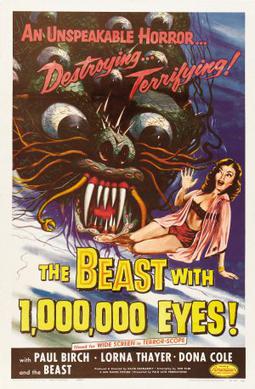
The Beast with a Million Eyes is a 1955 independently made American black-and-white science fiction film, produced and directed by David Kramarsky, that stars Paul Birch, Lorna Thayer, and Dona Cole. Some film sources have said that the film was co-directed by Lou Place. The film was co-produced by Roger Corman and Samuel Z. Arkoff. and was released by American Releasing Corporation, which later became American International Pictures.
Steven Henry Scheuer was a film and television historian and critic. He edited all seventeen editions of Movies on TV published between 1958 and 1993 and wrote The Movie Book (1974), subtitled A Comprehensive, Authoritative, Omnibus Volume on Motion Pictures and the Cinema World. He was moderator of the syndicated television series All About TV from 1969 to 1990. In 2002, he hosted and produced a 13-program series for public television, Television in America: An Autobiography.
Frank P. Keller was an American film and television editor with 24 feature film credits from 1958 - 1977. He is noted for the series of films he edited with director Peter Yates, for his four nominations for the Academy Award for Best Film Editing ("Oscars"), and for the "revolutionary" car chase sequence in the film Bullitt (1968) that likely won him the editing Oscar.

Score: A Film Music Documentary is a 2016 American documentary film directed by Matt Schrader about film scores, featuring Hans Zimmer, Danny Elfman, John Williams, Quincy Jones, Rachel Portman, Trent Reznor, and others. The film was released theatrically by Gravitas Ventures on June 16, 2017, and on Blu-ray and download on September 5, 2017.













